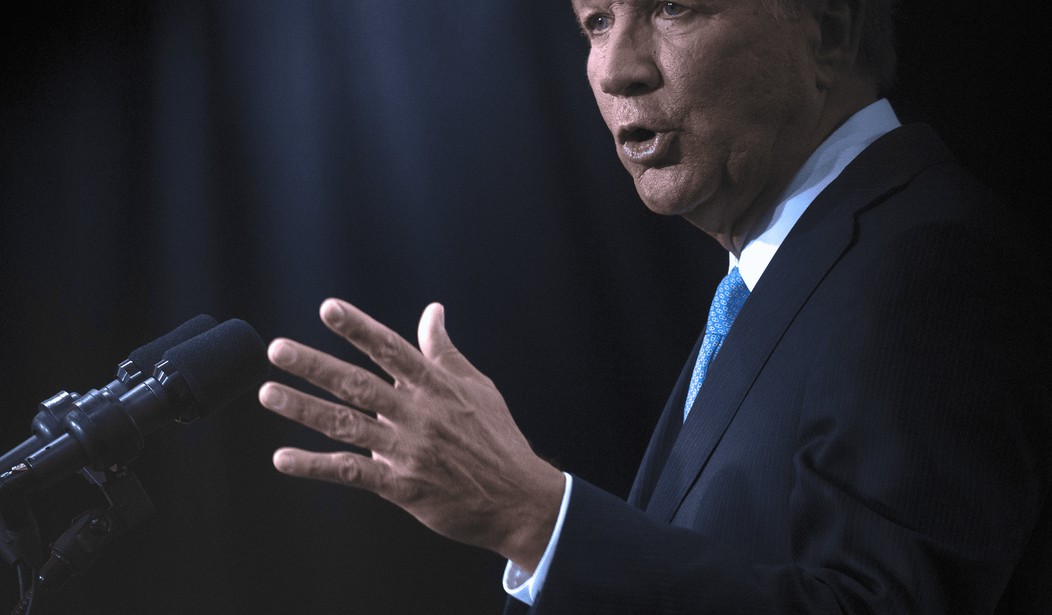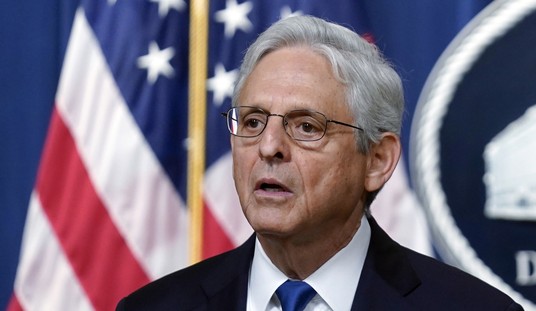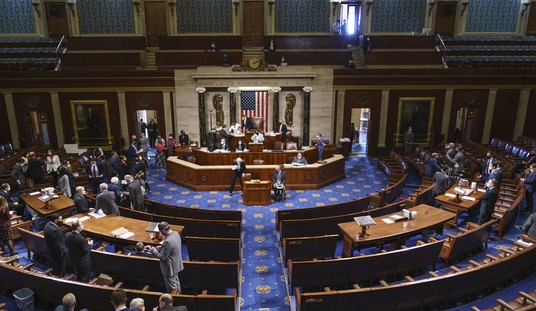President Harry S. Truman once quipped that he wished he could meet a one-handed economist, because all of his economic advisors start out by saying, “Well, on one hand…, but then on the other hand….”
Truman is often remembered as being a straight shooter, a non-partisan sort of politician. But putting Truman aside, when it comes to economic advisors, most politicians want to have their cake and eat it too. They want someone who can provide them clear, solid economic policy advice, but they also want escape clauses handy when they have to explain to voters why their programs didn’t work.
Take Ohio Governor John Kasich, for example. On December 6, Kasich warned the Ohio legislature that Ohio was “on the verge of a recession.” Kasich’s budget office attributes the bad news to falling state revenues.
But earlier in the year, during his Republican presidential campaign, Kasich was touting the “Ohio miracle,” referring to the state’s economic successes while he has been governor—successes built upon tax cuts he pushed through the legislature. These tax cuts included income tax reductions for individuals as well as for small businesses, and eliminating the state’s estate tax in 2013.
Tax cuts are usually promoted by economists waving their right hand, arguing that tax cuts spur job creation and economic growth, and in the long run will eventually increase revenues. In fact, during Kasich’s time in office, the state eliminated its budget shortfall of approximately $8 billion and increased its “rainy day fund” from zero to more than $2 billion.
On the presidential campaign trail, Kasich described himself as “the prince of light and hope,” and the economic data given above do reflect some successes. So what made Kasich turn into the “the prince of doom and gloom”?
Numbers from the Ohio Office of Budget and Management show that tax receipts so far this fiscal year are down 1.2 percent from last year and employment numbers remain weak. However, despite Kasich’s campaign claims, Ohio’s economy, including job growth, continues to perform below the national average, which in itself is nothing to brag about. In his recession speech to the legislature, Kasich alluded to possible program cuts to help balance future budgets. Is Kasich just hedging his bets, playing both hands?
Critics, waving their left hand, point out that Kasich closed the budget shortfall by cutting aid to local governments, forcing them to raise local taxes and/or cut services, and by increasing sales taxes to offset his income tax cuts. This is the point where economics gives way to politics and economic solutions morph into political ones.
If budget cuts have to be made, critics claim, Republicans will make them on the backs of children, the elderly, and the sick—those people least likely to be able to afford the cuts. Ohio House Minority Leader Fred Strahorn (D-Dayton) said Ohio should invest more in things such as education and clean energy instead of insisting on tax cuts.
We just did another (tax cut) and we’re going to have a slightly more than $1 billion shortfall, which is equivalent to the income tax break we just gave to rich people.
Greg Lawson, policy director of the conservative Buckeye Institute, has a different approach. He recommends simplifying Ohio’s complicated tax system of income taxes on the state and local level and continuing to implement other business-friendly reforms.
We would say there’s more work that needs to be done to make the whole tax system, cumulatively speaking, better. We have so many areas where there are programs that we could tweak or reform. We are spending more than we need to.
I’m partial to the right-hand waving myself, but we always seem to fall short of doing what is necessary to achieve success. In Kasich’s case, if he had a strong active job-growth plan to pay for his tax cuts, he might have validity in his title of the prince of light and hope. Many states enacted tax reform measures similar to Kasich’s, but some states went one step further by actively promoting job growth through free market initiatives.
Opportunity Ohio, an Ohio-based free market think tank, released a report stating,
Since January 2013, Ohio has experienced the 49th best (or 3rd worst) job growth in the country, growing only 0.5 percent adding 22,900 private sector jobs. Since January 2012, Ohio has not fared much better, ranking 45th worst among the states for private sector job growth.
In the same report, Opportunity Ohio also compared Ohio’s job growth rate to other forced-union states and to Right to Work states, where workers are free to accept or decline union membership.
Over the last 23 years, right-to-work states have grown at a much greater rate than forced unionization states. The average worker freedom state grew 43.3 percent, while the average forced unionization state grew only 16.7 percent. Ohio’s economy only grew a mere 8 percent during this time.
On the issue of labor unions, Kasich started strong but fizzled out in the end. In his first year as governor, he signed a controversial labor law, Senate Bill 5, restricting collective bargaining rights of public employees. Although that law was overturned by a November 2011 ballot referendum that was strongly supported and financed by labor unions, it showed a willingness on the part of Kasich to rein in labor unions and possibly promote free market labor reform.
Since the bill’s defeat, there have been several attempts to introduce right-to-work laws in Ohio for both private and public unions. But Senate Bill 5 was so soundly rejected by Ohio voters, 61 percent to 39 percent, that Kasich subsequently dropped efforts for broad-based collective bargaining restrictions. Kasich has repeatedly said right-to-work is not on his agenda nor needed in Ohio, claiming that when he meets with CEOs, no one brings up the right-to-work issue.
That’s odd, because nearly half of the states, including neighboring Indiana and Michigan, have enacted right-to-work laws eliminating union membership or dues requirements. The data clearly shows right-to-work states dominate job creation, which in turn provides for a strong economic recovery.
Economics is mostly a descriptive discipline divided chiefly and broadly into the Keynesian and Austrian schools. Its prescriptive powers are strongest when applied to past events. That explains the “Well, on one hand…, but then on the other hand…” CYA process most economists take.
However, whereas liberal politicians relish in turning Keynesian principles into policy, in regards to the free market, many Republicans usually just stick their big toe in it and quickly jerk it back, seemingly afraid of being bitten. That behavior hurt Kasich during the presidential campaign, where he seemed to take on center to center-left approaches to many issues. State Rep. Tom Brinkman (R-Mount Lookout), the author of Ohio’s defeated 2015 right-to-work legislation, said it best, “America is about competition, and we should revel in it.”









Join the conversation as a VIP Member